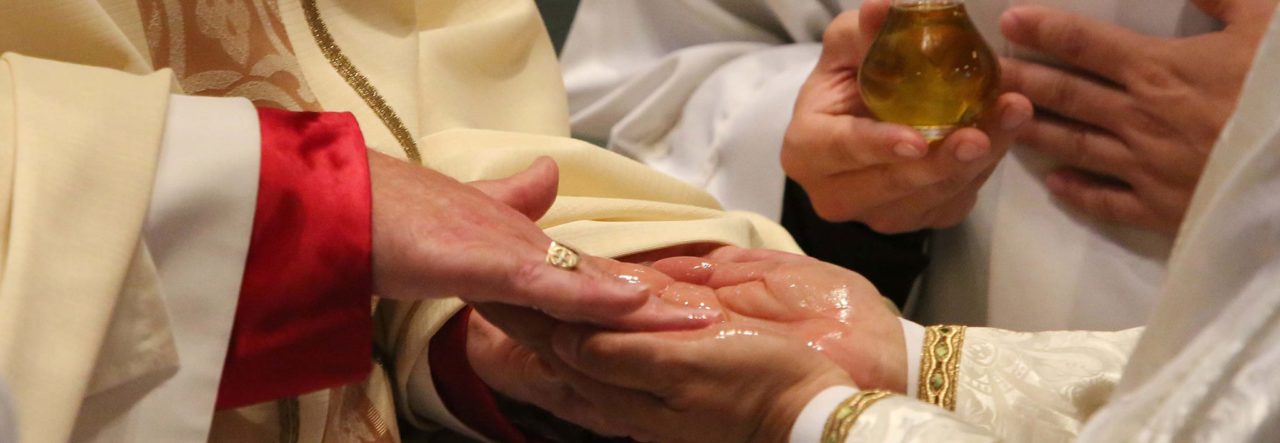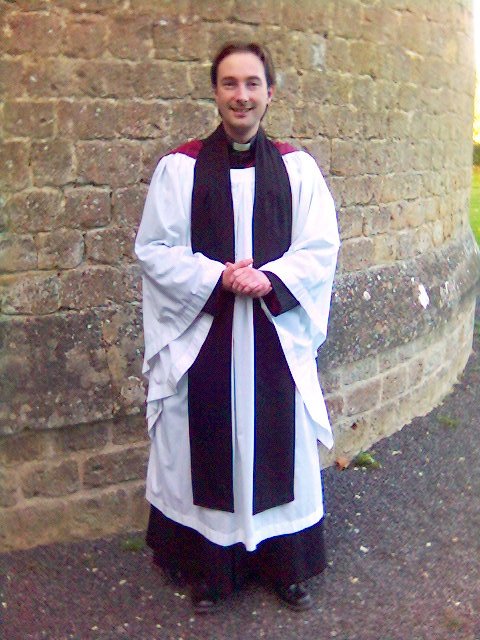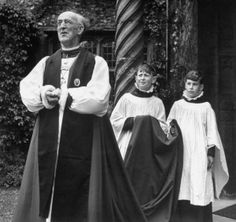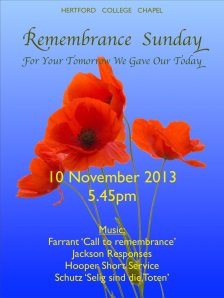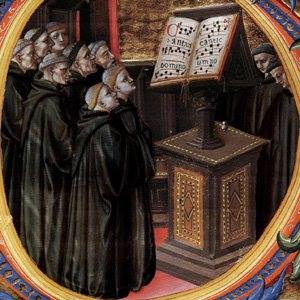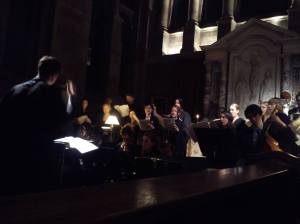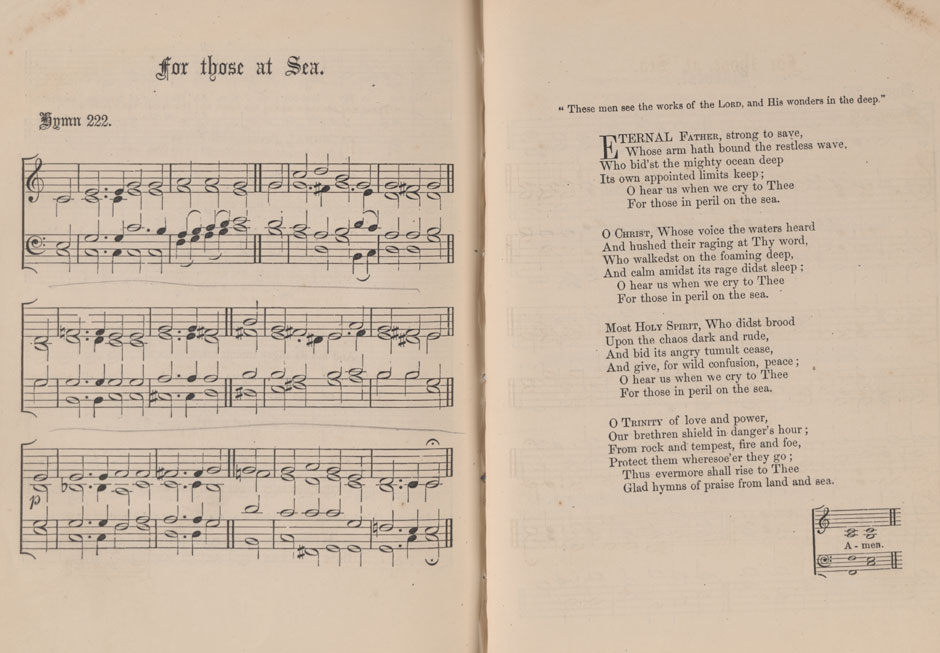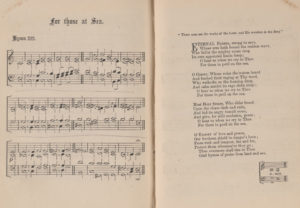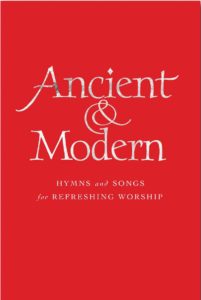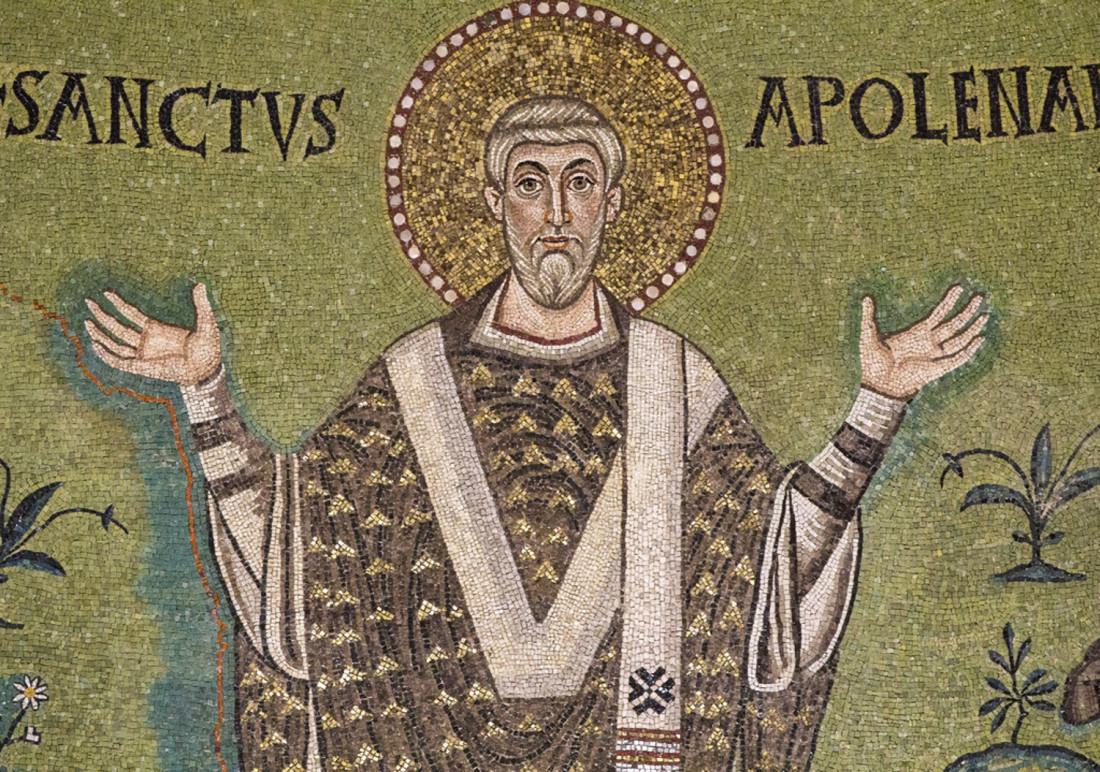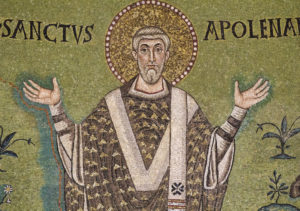I recently read Samuel Taylor Coleridge’s short poem Psyche for the first time. In spite of its brevity, its address is deep and rich. Psyche was composed in 1808 and published first in Coleridge’s Biographia Literaria (1817). I do have a certain fellow-feeling for Coleridge, my fellow Devonian republican. And so, to the text
Psyche
The butterfly the ancient Grecians made
The soul’s fair emblem, and its only name –
But of the soul, escaped the slavish trade
Of mortal life! – For in this earthly frame
Ours is the reptile’s lot, much toil, much blame,
Manifold motions making little speed,
And to deform and kill the things whereon we feed.
The form of this poem is unique. It is closest in shape to the rhyme royal stanza form championed by Chaucer in his Troilus and Criseyde. It was also employed by Shakespeare in his Rape of Lucrece. Thus, the form suggests a passionate tragedy. A standard rhyme royal is like a half-sonnet, consisting of seven lines of iambic pentameter, rhymed ababbcc. In Psyche, Coleridge follows this form with one exception: the final line is extended into an alexandrine, by the addition of an extra beat.
The initial idea of the poem is the Greek word ψυχή (psychē), which is most usually translated ‘soul’, but can be ‘breath’ or even ‘butterfly’. Coleridge extends this metaphor as the butterfly for the free soul (in some Neoplatonic afterlife) and the caterpillar for the embodied soul in captivity on earth. Coleridge does not mention the caterpillar directly, and even uses the word ‘reptile’ to describe it. I found that word wrong-footed me at first reading, but the effect makes me think of the Serpent of the Garden of Eden. However, the word, from the Late Latin reptilis ‘creeping’, used to be used to cover any sort of creeping thing (and sometimes still does). The Latin myth of Psyche and Cupid would be obvious material for a romantic poet to use here (Keats does so in his 1819 Ode to Psyche), but Coleridge focuses more simply on the soul–butterfly image.
The phrasing of Psyche is ternary: the first two lines make the statement about the Greek idea of the butterfly as an image of the soul, the third line and the beginning of the fourth extend this by noting that this is true only for the post-mortal soul, with the rest of the poem dwelling on the situation of the earth-bound, embodied soul. The ternary phrasing of Psyche makes me think of the various philosophical, theological and psychological anthropologies: spirit, soul and body; reason, emotion and desire; superego, ego and id. It is this third movement of the poem that packs the real punch, with the preceding two thirds setting the scene. Yet still, each of these movements has a little surprise for the reader. The first movement presents us with the butterfly image. The second gives us the timely wording ‘escaped the slavish trade’. Coleridge was an avowed abolitionist, and Psyche was written a year after William Wilberforce’s 1807 Slave Trade Act. However, many radical abolitionists, like Coleridge, felt this was something of a pyrrhic victory (too little, too late), as slavery itself was not abolished. Psyche appears to reflect on the arduous, seemingly never-ending struggle as an image of the wider romantic idea of Weltschmerz (world weariness) or mal du siècle (sickness of the [early-19th] century). For the romantics, their Weltschmerz was a realisation that their fully aware minds could never be satisfied by their experience of the world. Coleridge knew guilt, failure and depression (‘much toil, much blame’), and so the ‘slavish trade of mortal life’ suits both Coleridge’s romantic reading and his own experience.
The clearest poetical device used in Psyche is the alliteration that begins at the end of the fifth line — ‘much toil, much blame’ — and flowing onto the beginning of the sixth line — ‘manifold motions making’. On the fifth line these ‘m’s fall on offbeats, but the repeated word strengthens them and slows the poem recitation down. On the sixth line, these ‘m’s fall on the beats and create an initial inversion of the metre. The letter shape — ‘M’ — is reminiscent of the motion of a caterpillar or a snake, as is the DUM-di-di-DUM rhythm of the initial inversion. In fact, the word ‘reptile’ is introduced on the fifth line with a similar inversion.
A weaker initial inversion appears in the third and last lines. These lines begin with three unstressed syllables, which can be read as regular iambic rhythm, yet the contrastive stress seems to fall on the words ‘but’ and ‘and’ respectively, giving BUT of the SOUL … AND to deFORM. Well, I did read the third line a few times as regular iambic rhythm, but I think the initial inversion sounds better.
The diction of Psyche is quite contemporary for a 200-year-old poem. There are only two words that strike me as a bit dated: ‘Grecian’ and ‘fair’ (there is also the unusual sense of ‘reptile’ which I have already mentioned). I do not mind the word ‘Grecian’ so much: it fits with the schoolish opening phrase about the dual meaning of ψυχή. I find the use of ‘fair’ took more acclimatisation. As it occurs as a stressed syllable on an offbeat in the metre, it does have a tripping effect, slowing the line right down. The ‘fair emblem’ does make me think of the Cabbage Whites that flitted around my dad’s vegetable garden in the summer months of my childhood. Its large white wings make it quite a suitable ‘fair emblem’ for the soul. It is also considered by gardeners to be a pest for what its caterpillar-children do to plants!
Speaking of the demotion of the syllable ‘fair’ in the second line, Coleridge makes use of unstressed beats (‘promotion’) to pick up the pace in a couple of places. In the second line, the slowing over ‘the soul’s fair emblem’ is then accelerated by placing the beat on the unstressed first syllable of ‘and its only name’, propelling us onward. Coleridge does this again in the second phrase of the fourth line: placing the beat on the unstressed second syllable of ‘for in this earthly frame’ to catapult us into the realisation delivered in the final three lines of the what the existence of the unfree soul means.
The most striking aspect of the scansion, though, is that final alexandrine. This metrical extension avoids the poem coming to a neat, clackity-clack conclusion. It draws out the poem, and makes us wait for the end, which is very much the point. It is difficult not to think of French poetry when the alexandrine is deployed, which makes me think it a subtle comment on Napoleon’s perceived betrayal of the bright hopes of the French Revolution. With that and the slow progress of abolition, Coleridge channels his particular Weltschmerz into this poem.
The final image of that pest the caterpillar deforming, destroying, devouring its leaf stands for humanity’s parasitical lust for earthly resources. In the 21st century, Coleridge’s poem reads with a strong environmentalist message. I was first attracted to this poem by its opening two lines — a clever bit of classics — but my interest was deepened by this possible environmentalist reading. Psyche’s melancholic hopelessness about human life does not chime with my personal feelings, although there are plenty of opportunities for us to read current affairs in this light. The Neoplatonic anthropology of the freedom of the disembodied soul is not to my Christian taste either. My biblical theology is of the human being as a psychosomatic unity: the soul (נפש nephesh, ψυχή psychē) is the God-given life of the person, not the person’s distillated self. Thus, I have plenty to argue against Psyche’s heretical hopelessness, but it also highlights for me the central importance of salvation, without which we might as well be caterpillars destroying all before us. Yet, I am drawn — moth to flame! — back to this poem, charmed by its supple simplicity and high-blown romantic melancholy.
Addition: I just came across Alexander Pope’s description of the alexandrine in his 1709 poem An Essay on Criticism: ‘That, like a wounded snake, drags its slow length along’ (which, of course is an alexandrine itself, with a medial inversion). This would almost certainly have been known by Coleridge.
